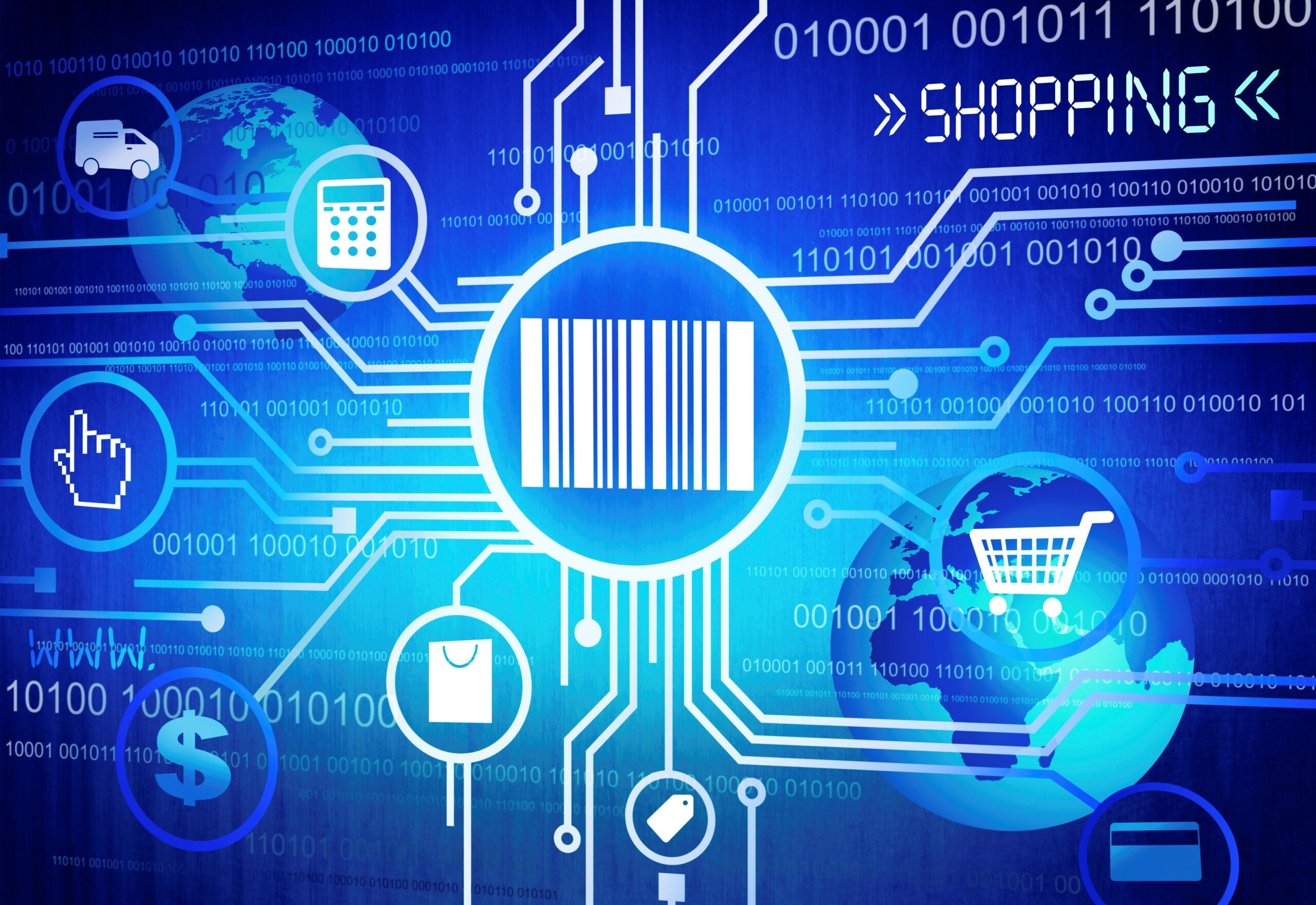We often focus on labeling solutions that highlight the end process to the consumer, but part of that process ensures the manufacturer has accurate inventory controls in place. One of those processes may involve the use of mobile barcoding. Our partners at RFgen, leaders in mobile data collection solutions, share 3 mobile barcoding best practices in the food and beverage industry.
“Research shows that 80% of warehouse executives are planning to invest in new technology in order to keep their competitive edge.” One of the first steps that manufacturers must look to invest in is automated data collection (ADIC), especially within the warehouse environment. Automated data collection will provide enhanced efficiency, traceability, and improved data usage.
The 3 best practices are:
Connect your inventory lifecycle
Mobile barcoding enables the tracking of inventory throughout its lifecycle, allowing for running changes as they are needed. This information is uploaded to your ERP system immediately.
Remember the user behind the technology
The user experience is everything when it comes to a company adopting a new software solution. Providing time and space for users to be properly trained is paramount. “You can have the best system on the market but if the team using it is not trained, it can cause issues with the system and your inventory processes.
Understand the impact on traceability
For food and beverage companies, real-time visibility of inventory is critical. For greater transparency, companies must understand that traceability is no longer held to their warehouse walls but extends from production to the store shelf. The best mobile barcoding solutions capture signatures and have GPS and Google maps integration and direct store delivery.
As an expert in labeling solutions, Pragmatyxs collaborates with our partners to provide traceability solutions that help our customers improve efficiency, gain better inventory control and increase their bottom line.
